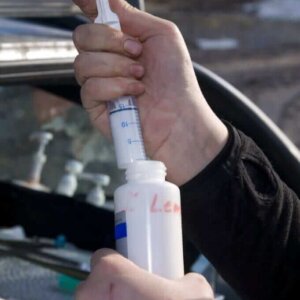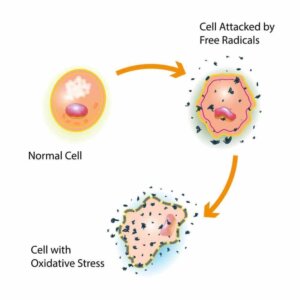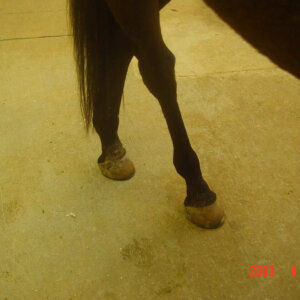Case Study: Equine Stifle and SI Lameness
Lameness in the horse can come in all different forms and severities. One common source of lameness is the stifle but in many of these cases, it is also common to have problems either higher up or lower in the limb often tied in with conformational flaws or even trauma. The saccroiliac region in the lower back or hip region is also a common source of discomfort, either alone or in conjunction with other problems. The saccroiliac (S/I) joint is the area where the pelvic bone called the Ileum joins up to the Saccrum of the lower back. The junction of the two is actually termed a joint, being held together by tough fibrous tissue, but still demonstrates some movement as the horse travels. In a recent case presented for rehabilitation, we actually had apparent S/I problems in addition to chronic stifle lameness. When combined with unhealthy feet, severe thrush and sole pain, the case proved to be a real challenge.
Case Study: Equine Stifle and SI Lameness Read More »









